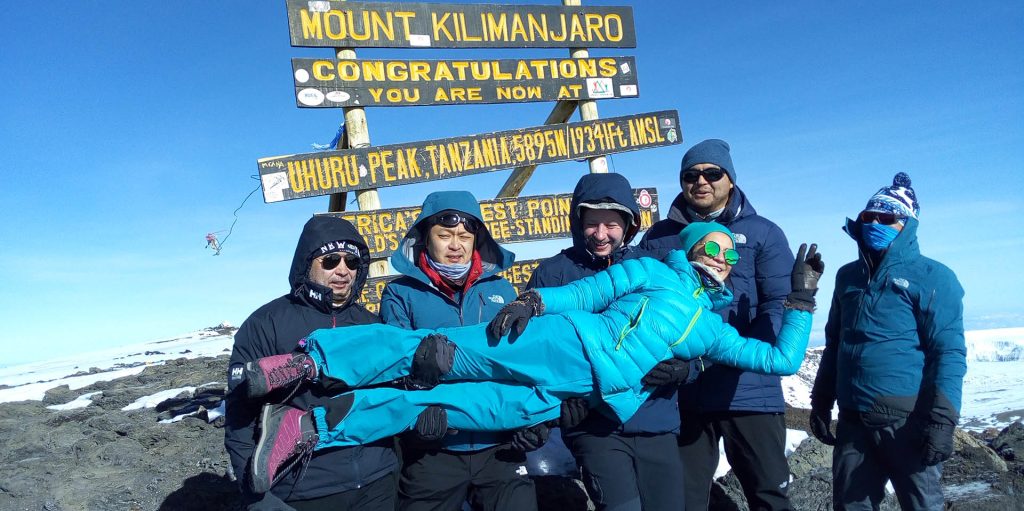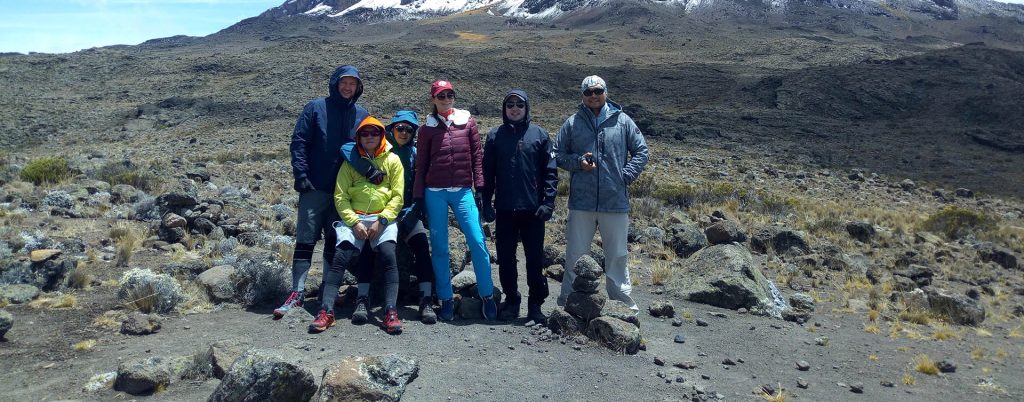Northern Circuit Route
The Northern Circuit Route is widely considered as one of the best Kilimanjaro climbing routes. As the longest and newest route, it provides an excellent acclimatization profile, resulting in the highest Kilimanjaro success rate. Kilele Climb highly recommends this route to climbers seeking to summit Kilimanjaro.
Facts:
Northern Circuit Route Packages
- Choose longer days of the trek as your body needs time to adjust with the high-altitude acclimatization.
- Trekking poles will become your best friend on the harsh trails.
- Take it easy and don’t try to rush to the top and always listen to your guide.
- Drink lots of water and stay hydrated.
- The amount of Oxygen on the top is only 50% as compared to the amount of Oxygen you are used to have. So, pay attention to your body signals and inform your guide as soon as possible.
- Choose the dry season to experience your trek the most.
- If possible, avoid taking pills like Diamox. It may show harmful side effects.
- Pack the necessary gears and double-check the complete list.
- Prepare a ‘Kilimanjaro playlist’ to listen to during your hike which helps to break your mental stress and physical exhaustion.
The Northern Circuit route is renowned for its breathtaking and panoramic views of Kilimanjaro's northern slopes, making it an ideal option for trekkers who seeking to explore the region's rare and less-visited landscapes. This route is meticulously designed with a focus on optimal acclimatization and increased summit success rates. Unlike other routes, this route offers an extended duration for acclimatization, which translates to higher chances of reaching the summit successfully. In addition, the route is well-known for its superior acclimatization profile and is thus highly recommended for those seeking a successful and safer summit experience.
The route approaches Mount Kilimanjaro from the west with a long drive from Moshi to Londorossi Gate. The first two days involve trekking through the rainforest to Shira Ridge, followed by crossing the Shira Plateau. After that, the route heads north and circles clockwise from Moir Hut to Buffalo Camp to School Hut, before summiting from the east. The descent is made via the Mweka route.
- The weather of Kilimanjaro is unpredictable throughout the year. The temperature on the mountain varies widely depending upon the altitude.
- June to October to the beginning of March offers the best time to climb the mountain.
- Different climatic zones offer different atmosphere. The temperatures and precipitation levels and vegetation drop as hikers move to a high altitude.
- As the weather varies, so the hikers should be ready to experience the hot, wet or cold conditions at any time while on the mountain.
The success rate of climbing the mountain depends on the duration of your climb. The Northern Circuit Route is one of the most successful routes for climbing Mount Kilimanjaro, with a success rate of 98%. It approaches the mountain from the south and offers the longest and most scenic route, with a 360-degree view of the beautiful scenery. Climbing to the summit via this route takes about 8 to 9 days. The Northern Circuit route is longer than the other routes and provides better acclimatization by staying at similar altitudes for a longer duration. This is why it has a higher success rate compared to other routes, with a success rate of over 95% to 98%.
- Offers one of the highest summit success rates.
- Highly recommended for scenic value.
- The trek can be completed in 8 to 9 days. 9 days is mostly recommended for better acclimatization.
- Offers walk high and sleep low profile, so great for acclimatization.
- As the route is longer, trekkers can experience trekking fatigue
- The route is more expensive than other routes




